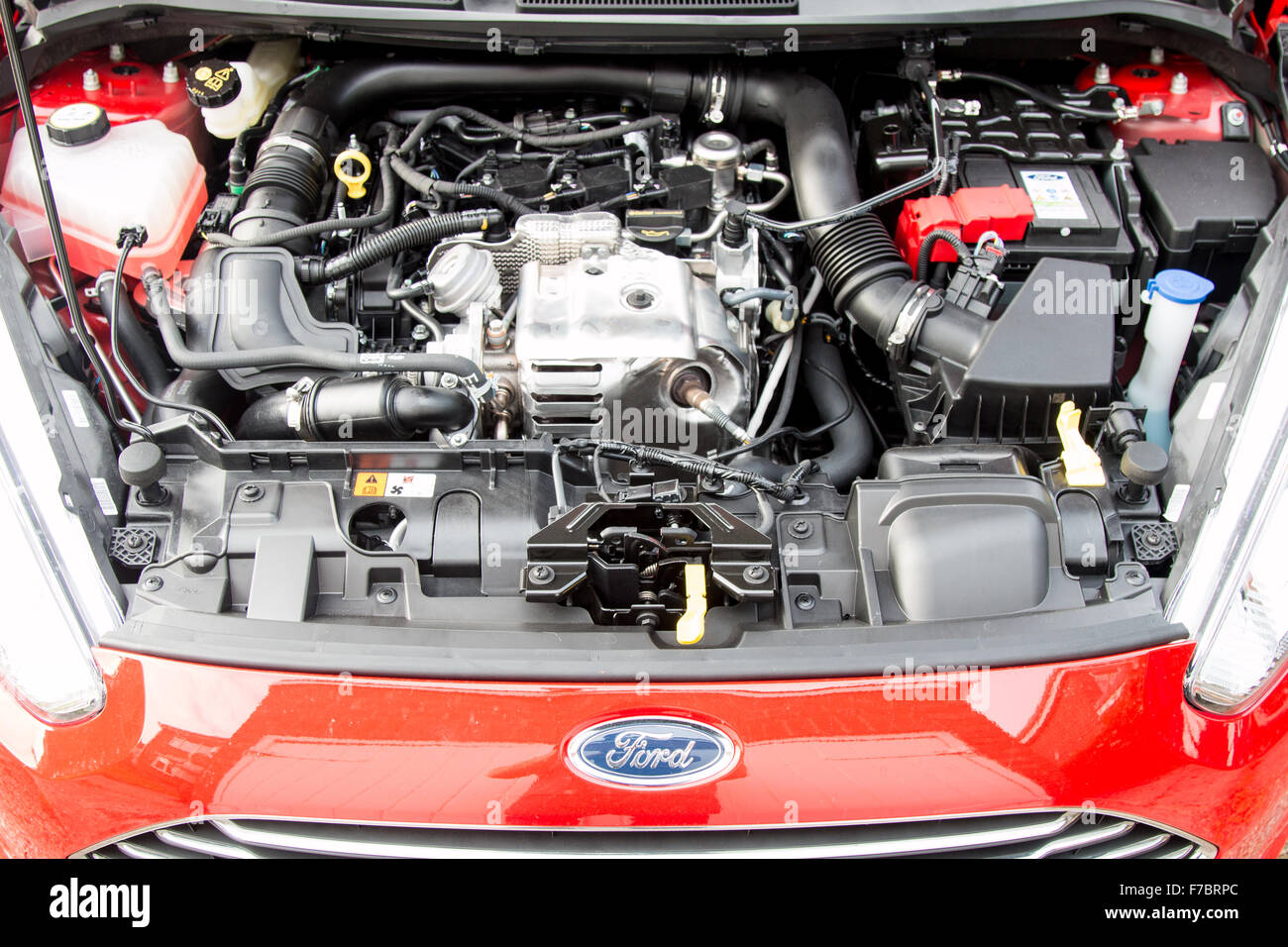How a Well-Maintained Ford Fiesta Engine Improves Vehicle Longevity
Opening the Power of Engines: A Comprehensive Overview to Performance and Effectiveness
Comprehending the detailed auto mechanics of engines is critical for both efficiency lovers and day-to-day motorists. The responses might redefine our technique to engine efficiency and efficiency in methods that are both enlightening and vital.
Comprehending Engine Essentials
What makes up the basic mechanics of an engine? At its core, an engine is a device created to transform fuel into power via a collection of controlled surges or combustion processes. The main components include the cylinder, piston, crankshaft, camshaft, and valves. The cyndrical tube works as the chamber where combustion happens, while the piston moves within the cyndrical tube to convert the power from burning into straight movement (ford fiesta engine).
The crankshaft after that transforms this straight movement into rotational power, which inevitably powers the automobile. The camshaft manages the opening and closing of the shutoffs, managing the consumption of air and gas and the expulsion of exhaust gases. Additionally, the engine relies upon a carefully adjusted fuel-air combination, ignition system, and cooling down system to make certain ideal performance and performance.
Comprehending engine basics likewise entails acknowledging the significance of engine cycles, such as the four-stroke cycle, that includes intake, power, exhaust, and compression strokes. Each stage is vital in guaranteeing the engine operates smoothly and successfully. Proficiency of these essential technicians prepares for discovering much more intricate engine dynamics and efficiency metrics, important for maximizing both power output and effectiveness.
Trick Performance Metrics
Secret efficiency metrics are vital for examining an engine's effectiveness and power output, giving valuable understandings for both producers and customers. These metrics serve as criteria for engine performance, enabling for informed decisions in design, manufacturing, and getting.
Among the key metrics is horse power, which measures the engine's capability to do work over time. Torque, measured in pound-feet, is another crucial metric that indicates the engine's rotational pressure, straight impacting acceleration and towing capacity. Gas performance, normally measured in miles per gallon (MPG) or litres per 100 kilometers (L/100km), assesses how properly the engine converts gas into movement, impacting functional expenses and ecological considerations.
Additionally, thermal effectiveness measures exactly how well an engine converts gas power into valuable job, exposing insights right into energy losses primarily through warmth. Discharge degrees, including CO2 and NOx, are additionally vital, reflecting the engine's ecological influence and compliance with regulative requirements.

Tuning Strategies for Effectiveness
Tuning strategies play a significant role in boosting engine efficiency by enhancing efficiency metrics identified in earlier discussions (ford fiesta engine). Various approaches exist to tweak an engine, each adding to boosted gas economy and reduced discharges
One reliable technique is adjusting the air-fuel ratio, making sure the engine operates within the optimum burning program. A leaner blend can boost gas performance, yet it must be balanced to avoid misfires or engine knock. Furthermore, reprogramming the engine monitoring system can alter specifications such as ignition timing, which better boosts performance while keeping power result.
Another vital strategy includes changing the consumption and exhaust systems. Upgrading to high-performance air filters and exhaust headers can minimize back stress, assisting in far better air movement. This permits the engine to take a breath even more freely, bring about boosted burning performance.
In addition, the application of sophisticated adjusting devices, like dyno screening, supplies precise information that enables targeted modifications. Consistently great post to read checking these performance metrics guarantees that adjusting efforts yield the wanted effectiveness end results. Jointly, these strategies not only strengthen engine performance yet also add to long-term sustainability in engine operations.
Maintenance for Optimum Performance
Regular engine upkeep is essential for attaining ideal efficiency and durability. A well-maintained engine not just operates successfully but also lessens the threat of expensive repairs and failures. Trick elements requiring routine attention include oil, filters, belts, and ignition system.
Transforming the engine oil at suggested periods is important, as oil lubricates moving components and avoids getting too hot. Likewise, replacing oil and air filters makes certain that pollutants do not impair engine feature. Overlooking these parts can lead to minimized efficiency and prospective engine damage.
In addition, examining and changing used belts and hose index pipes is crucial to stop abrupt failings. Timing belts, in particular, must be changed according to the maker's schedule to avoid tragic engine damage.
Glow connects must additionally be inspected and replaced as necessary, given that they play an important duty in ignition and gas efficiency.
Future Trends in Engine Modern Technology
Accepting innovations in technology, the future of engine layout is poised to transform efficiency and effectiveness throughout numerous applications. Hybrid and completely electric powertrains are ending up being increasingly traditional, supplying minimized emissions and improved gas effectiveness.
In addition, advancements in products scientific research are bring about lighter, stronger elements that boost engine performance while lowering power intake. Advanced manufacturing techniques, such as 3D printing, enable the creation of intricate geometries that improve airflow and thermal management, therefore optimizing burning processes.
In addition, the integration of expert system and artificial intelligence is established to transform engine diagnostics and performance adjusting. These modern technologies can evaluate substantial amounts of information in real time, allowing anticipating upkeep and customized performance enhancements.
Verdict
In verdict, opening the power of engines needs a detailed understanding of their auto mechanics and efficiency metrics. Carrying out efficient tuning strategies and sticking to regular maintenance techniques dramatically improve engine abilities.
In addition, the engine counts on a carefully adjusted fuel-air mixture, ignition important source system, and cooling system to guarantee ideal performance and effectiveness.
Recognizing engine basics additionally involves acknowledging the value of engine cycles, such as the four-stroke cycle, which includes consumption, compression, power, and exhaust strokes. Mastery of these basic mechanics lays the groundwork for exploring much more complex engine characteristics and efficiency metrics, necessary for maximizing both power outcome and efficiency.

Welcoming advancements in modern technology, the future of engine design is poised to revolutionize performance and performance throughout various applications.